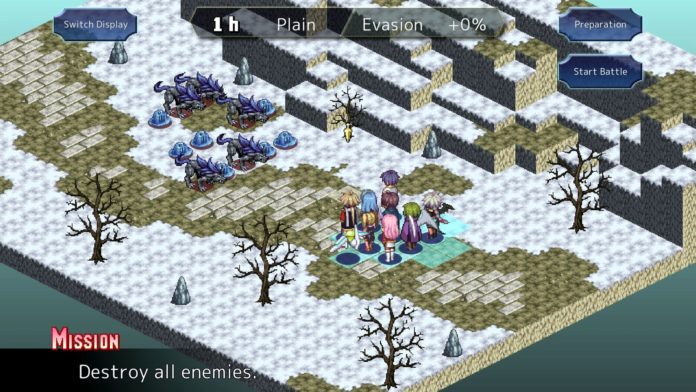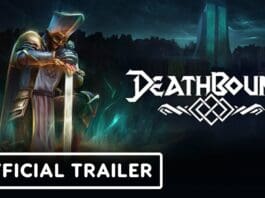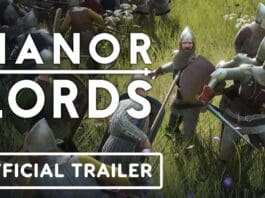REVIEW : Legend of Ixtona (PC)
After a long battle came to an end under the wise king, peace was intended to reign in the realms of Ixtona, until an unexpected scheme and conspiracy endangered its tranquilly once more. Kyle, the prince of Ixtona, must now thrust himself and his allies into a fight that will determine his kingdom’s fate.

Take part in turn-based strategic battles on a variety of maps, all of which are created in an isometric perspective. Each character specialises in one of three types of attacks: melee, ranged, or magical. You may also employ additional individuals, put money into the town for research and development, or switch classes to improve and reinforce your army.
Enjoy the rest of this full-fledged strategic RPG with lovely pixel imagery!
It’s undeniably addicting. For a “cheap” game, there’s a lot to do, but that’s what you get with Kemco titles.

While I adore their other two primary developers (Exe-Create and Hit-Point), I’m glad to see yet another World Wide Software release.
There are four basic classes for player-created troops, based on archetypes you’d expect from a D&D-inspired RPG: Fighter, Mage, Cleric, and Scout. Each class has its own evolution tree, with four more “specialised” classes. These specialised classes aren’t as well-rounded as the classes from which they descend. They also progress at a slower rate (class level and character levels are separate). To compensate, they focus on something that the lower-tiered class performs “good enough” or otherwise mix in functionality from another archetype.The Fighter, for example, can develop into a Knight for improved defence and tanking, or into a Duelist for increased attack strength and critical hit probability. The Knight may then evolve into a Paladin, which I assume is a hybrid of a fighter and a cleric that can heal, battle undead, and tank rather effectively (though perhaps not as well as the Knight).

Courses teach many active and passive skills, thus it’s best to stick to lower-tiered classes if you want to gain the talents you desire.
You can keep the active skills you’ve acquired from every character in your class tree when you switch classes. All passive skills from all classes are retained, however you can only equip three at a time.
As long as that class is your active class, mastering it grants you access to its passives without having to equip them. So, if you master “Fighter,” then learn passives from “Knight,” then return to “Fighter,” you’ll essentially have three free Fighter passives plus any passives you’ve gotten from Knight loaded. This is incredibly amazing in my opinion, because it provides you a reason to remain with a class as a form of “identity” (e.g., “This character is my Assassin who dabbles in ranged skills”), while also exploring into other classes to obtain their active and passive abilities.
Players have their very own category trees, which are modeled on the four basic classes but have a little more flavour to them.
He may specialise as an all-out attacker (Veteran Fencer) or as a more nimble swordsman -> Samurai, honing his evasion and critical hit potential.

Each class has its own set of equipment that they can utilise. Scouts can carry ranged weapons, daggers, and claws, allowing you to configure them as stick-and-move assassins, nimble claw-wielding brawlers, or opportunistic archers. There’s even a one-of-a-kind character that wields… blasters? It’s some sort of futuristic weapon. Clerics (my favourite D&D class) can only use their staff, but they can also wear shields, providing them decent survivability, especially if they’re specced as Battle Priests. Last but not least, I should point out that this game features a fantastic summoning system, which I seldom see in these kind of games. Basically, if you have a character that can summon monsters, they can sit about all day summoning them and essentially wiping the map clean. That’s what I’ve been doing with my Mage, at least. They have a branch that gives them the ability to call elementals. It appears like you can park your Mage in the middle of the fight and just spam them until kingdom come (up until 20 units total occupy your side, according to the in-game manual). Furthermore, the Mage is the one who gains experience points when these summons attack or are attacked.LMAO! The Lazy Mage doesn’t have to accomplish anything. Because of this, she’s my highest possible level character, since the AI loves to assault the elementals who “tank” for her. Seriously, it’s incredible, and I wish there were more games like it.




